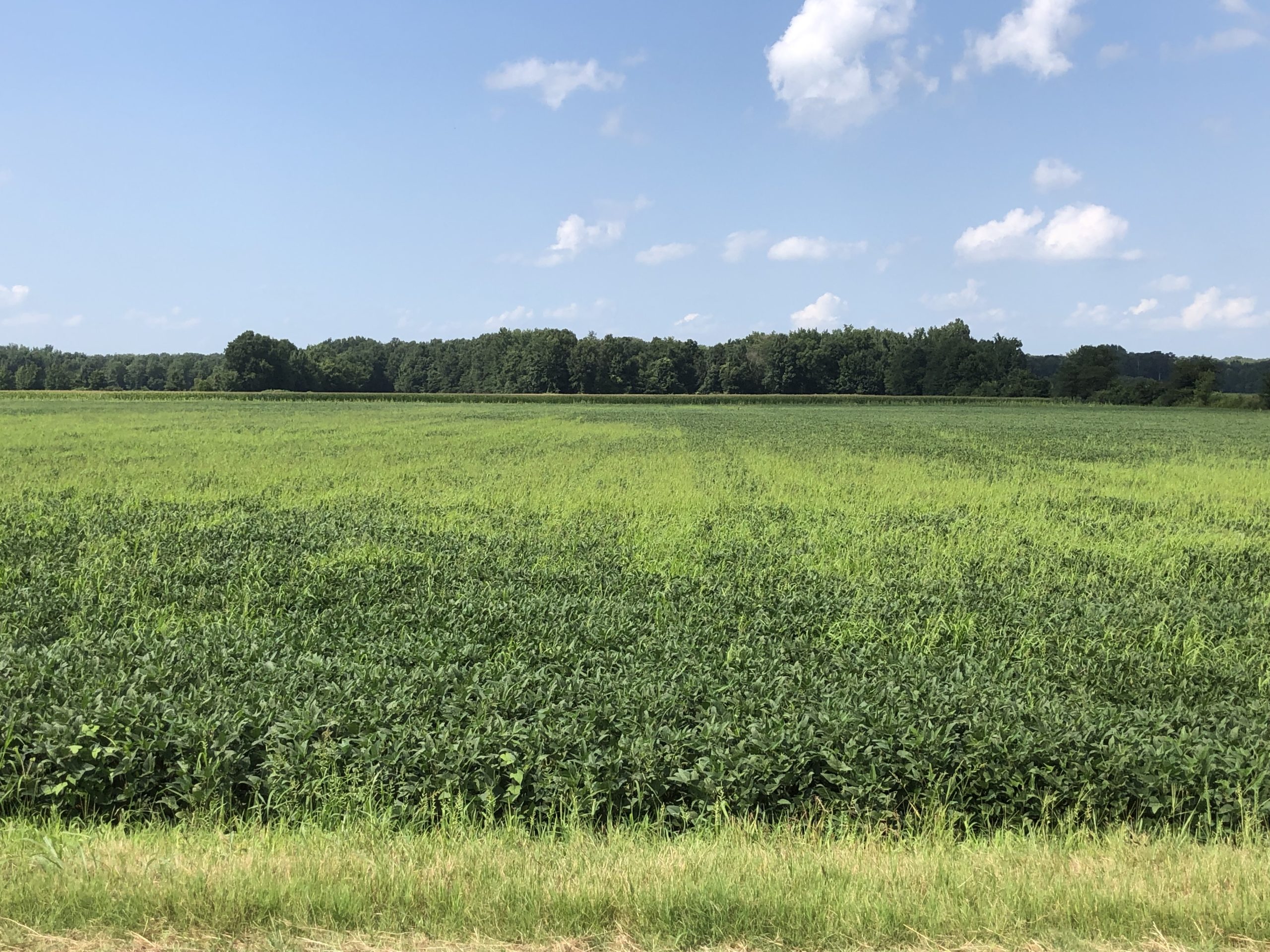
The results of some studies UT Extension has done to try to determine why junglerice has become a major weed pest in Tennessee Xtend cotton and soybean acres has provided some insights. This research was in-part supported by the Tennessee Soybean Promotion Board and from Cotton Incorporated.
The first part of this research was a survey of weed escapes the past two falls in over a hundred Xtend crop fields. We found that junglerice was found in better than 7 out of every 10 fields. This was by far the most prevalent weed found in Xtend crops. Other weeds of note found in these fields were Palmer amaranth (present in 50% of the fields), barnyardgrass (present in 40% of fields), fall panicum (present in 11% of fields) and goosegrass (present in 3% of fields).
The second part of the research tried to determine the reason for the junglerice escapes. Progeny from junglerice collected during the survey was screened for glyphosate resistance. In all, 13% of the junglerice populations could no longer be effectively controlled with even a high rate of glyphosate. Since many have tried to supplement junglerice control with a tankmix of clethodim + glyphosate, we screened it as well. All sampled junglerice populations could still be controlled with clethodim.
These data would indicate that a reason for the junglerice escapes in Xtend cotton and soybean fields is in part due to an evolution of glyphosate resistance. These leads to the question: “If none of the populations are resistant to clethodim and only 13% are glyphosate-resistant then why are those two herbicides failing to control this weed so often?”
In order to answer this question field studies were conducted that evaluated non-glyphosate-resistant junglerice control comparing an application of dicamba plus glyphosate with glyphosate alone and dicamba plus clethodim with clethodim alone. In these studies, the addition of dicamba to glyphosate reduced junglerice control 30% compared with glyphosate alone. The same result also occurred where clethodim plus dicamba providing 30% less junglerice control than clethodim alone.
The lack of control does not end there. This research also showed that using the TTI spray tips to apply glyphosate or clethodim reduced junglerice control about 7% compared to using an AIXR spray tip.
In summary, these data would suggest that the overall reason for the poor junglerice control in about 70% of the Xtend fields surveyed the last two years is largely due to dicamba antagonism of glyphosate and clethodim, in part due to reduced coverage from the mandated TTI spray tips, and in part due to glyphosate-resistance.
The take home to all this when managing junglerice is first try to keep it from ever coming up by utilizing a good PRE-applied grass herbicide. The second point is to avoid trying to control this weed POST with a dicamba tankmix.

